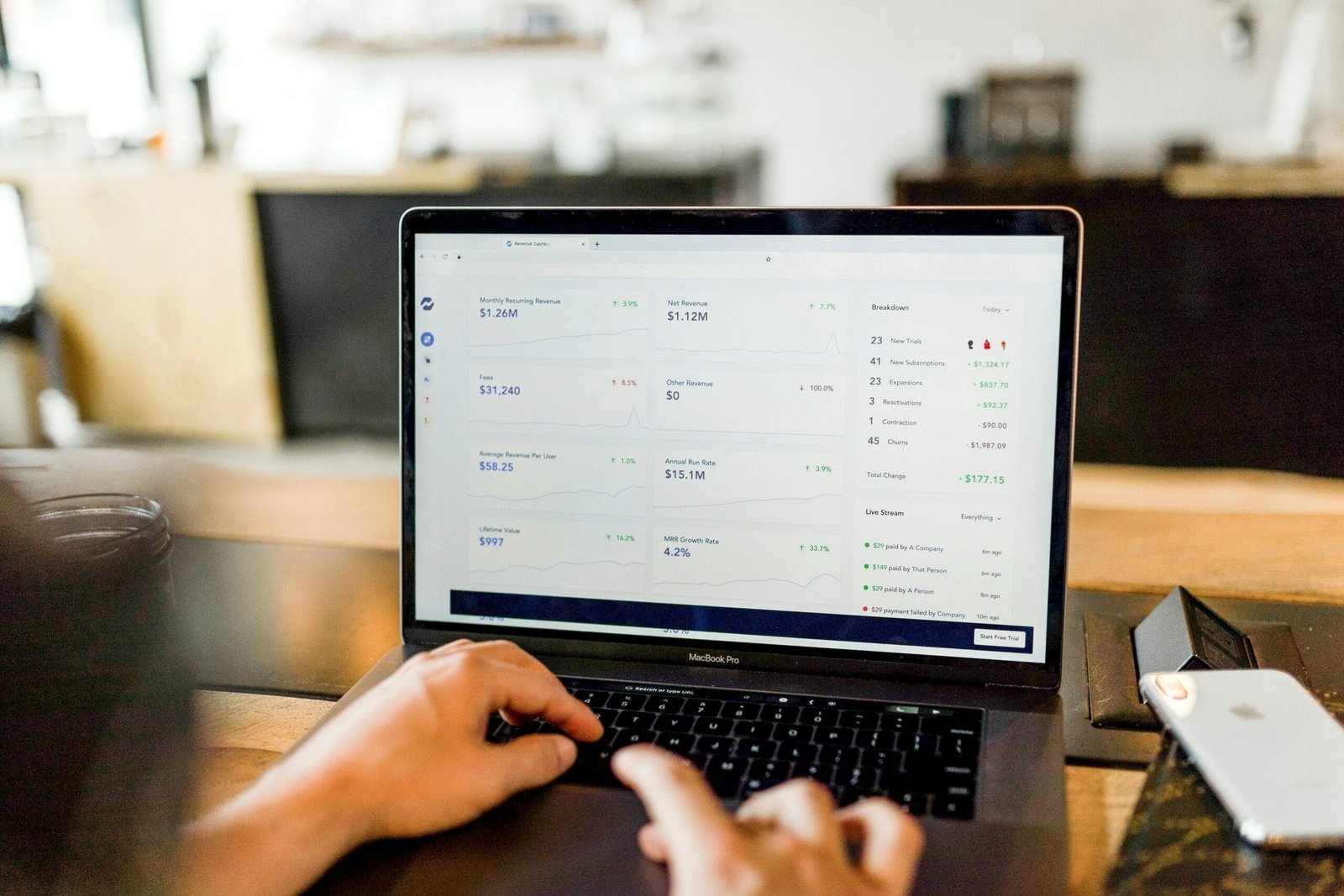Introduction to Trading Platforms
Trading platforms serve as vital tools for traders, enabling them to execute trades in various financial markets. They are software applications that facilitate the buying and selling of financial instruments such as stocks, commodities, currencies, and more. In India, the significance of trading platforms has evolved, with advancements in technology and changing trader preferences leading to a proliferation of options tailored to diverse needs. Understanding the landscape of trading platforms is crucial for both novice and experienced traders, as the right choice can significantly enhance trading efficiency and overall success.
There are primarily two categories of trading platforms available in India: web-based platforms and desktop applications. Web-based platforms, accessible through any internet-enabled device, offer convenience and flexibility, allowing users to trade on the go. On the other hand, desktop applications typically provide a more robust trading experience, with advanced charting tools and faster execution speeds, appealing to traders who require in-depth analytics and real-time data.
Mobile trading apps have gained popularity in recent years, allowing traders to manage their portfolios from smartphones or tablets. These applications are designed for ease of use and often come with essential features necessary for effective trading, enabling users to monitor their positions anywhere, anytime. Additionally, traders can benefit from various tools integrated within these platforms, such as technical analysis resources, news feeds, and market alerts, further enhancing their trading strategy.
Selecting the appropriate trading platform is critical; it can influence the ease of executing trades and the effectiveness of trading strategies. For novice traders, platforms with user-friendly interfaces and educational resources may be more suitable, while seasoned traders may seek out sophisticated features and customizable layouts. Ultimately, understanding the various types of trading platforms and their fundamental features is essential for optimizing trading potential in India’s dynamic financial landscape.
Criteria for Evaluating Trading Platforms
When selecting a trading platform, investors must diligently evaluate several key criteria to ensure they are making an informed decision. One of the foremost aspects is the fee structure associated with the platform. Fees and commissions can significantly influence overall trading profitability, so understanding the costs involved—such as transaction fees, account maintenance fees, and withdrawal charges—is crucial. Platforms that favor lower fees may appeal more to active traders seeking to maximize their profits.
Another vital criterion is the ease of use. A user-friendly interface can greatly enhance the trading experience, especially for newcomers. Navigating the platform should be intuitive, with clear instructions and readily available support resources. Platforms that offer mobile applications are particularly advantageous for traders who need the flexibility to manage their investments on the go.
The range of available assets is also important, as investors typically prefer platforms that provide access to various asset classes, including stocks, currencies, commodities, and cryptocurrencies. This diversity allows for better portfolio diversification and risk management. Furthermore, assessing the technical tools offered by trading platforms is essential. Comprehensive charting tools, real-time data feeds, and analytical resources empower traders to make informed decisions and enhance their trading strategies.
Customer support cannot be overlooked. Accessible and responsive support is necessary to resolve issues promptly. Quality customer service often serves as an indicator of how well a platform values its users. Moreover, evaluating regulatory compliance is critical to ensure that the platform adheres to industry standards, thereby providing an extra layer of security for investments.
Lastly, assessing security measures, such as two-factor authentication and data encryption, is paramount to safeguard personal and financial information. Additionally, user reviews can provide insights into the experiences of other traders, contributing to a holistic evaluation of a trading platform’s reliability and performance.
Top Trading Platforms in India for 2024
As we look ahead to 2024, the Indian trading landscape is evolving rapidly, offering a plethora of platforms tailored to meet the diverse needs of traders. Below is a compilation of some of the top trading platforms in India for the upcoming year, each evaluated based on user experience, features, cost, and overall performance.
First on the list is Zerodha, which remains a popular choice among retail investors. Known for its excellent user interface and minimal brokerage fees, Zerodha offers a feature-rich platform called Kite, which includes advanced charting tools and a robust trading API. Its educational resources are particularly beneficial for beginners looking to enhance their trading skills.
Another strong contender is Upstox, which stands out for its competitive brokerage rates and user-friendly mobile application. This platform also provides a wide range of tools for technical analysis and real-time market data. Upstox has gained traction among both novice and experienced traders, thanks to its seamless trade execution and insightful market reports.
Angel One is also noteworthy, offering a suite of trading services that cater to all types of investors. With features like smart recommendations and an intuitive user interface, Angel One makes trading effortless. Additionally, the platform’s strong customer support and educational materials are valuable assets for users navigating the market.
Emerging platforms like 5Paisa are also making their mark, especially among tech-savvy millennials due to their integration of technology and low-cost trading options. With an emphasis on digital services and investment products, 5Paisa is adapting well to the changing needs of modern traders.
In summary, these platforms are among the best trading options in India for 2024. Each has its own unique features that cater to various trading styles, making it essential for traders to assess their needs when selecting a platform that suits them best.
Future Trends in Trading Platforms
The trading landscape is evolving rapidly, and several trends are expected to shape the future of trading platforms in India for 2024 and beyond. One of the prominent factors driving this transformation is the integration of technology, particularly artificial intelligence (AI) and machine learning. These technologies are anticipated to enhance trading experiences by providing advanced analytics, predictive modeling, and automated trading capabilities. As a result, traders will be better equipped to make informed decisions based on real-time data and historical patterns.
Moreover, the growth of mobile trading cannot be overlooked. With an increasing number of individuals accessing financial markets through smartphones, trading platforms are optimizing their services for mobile users. The convenience offered by mobile trading applications facilitates on-the-go access to trading activities, allowing users to execute trades and monitor their investments effortlessly. This trend is likely to attract a younger demographic, further expanding the user base of trading platforms.
Another notable trend is the rise of social trading platforms, which enable traders to share insights, strategies, and performance with each other. This collaborative approach democratizes access to trading expertise, allowing novice traders to learn from experienced investors. The importance of community-driven trading experiences is gaining traction, and platforms that facilitate social trading will likely influence the market dynamics significantly.
Regulatory changes also loom on the horizon, potentially impacting the trading landscape in India. As authorities adapt to the rapid developments in technology and market behaviors, some modifications in compliance requirements and operational standards may occur. These changes could either foster a more streamlined trading environment or impose additional challenges for trading platforms.
By monitoring these anticipated trends, market participants can better prepare for an evolving trading environment, ensuring they remain competitive in the dynamic financial landscape of the future.














Leave a Reply